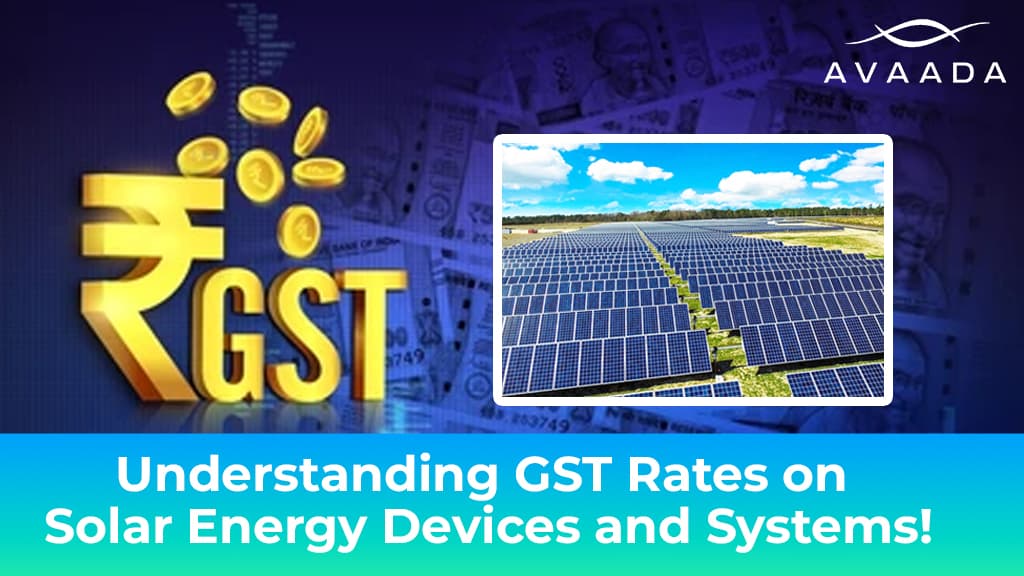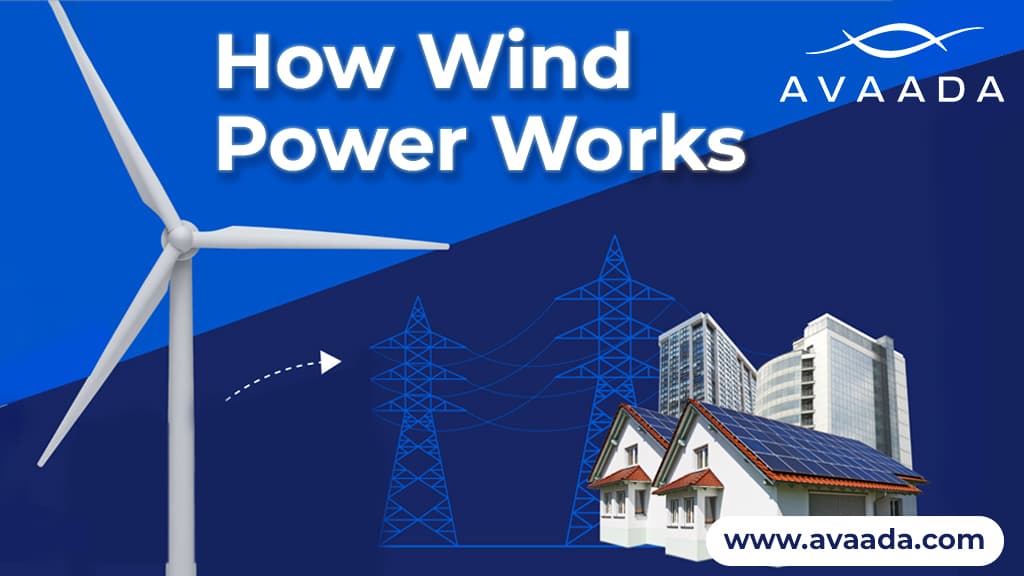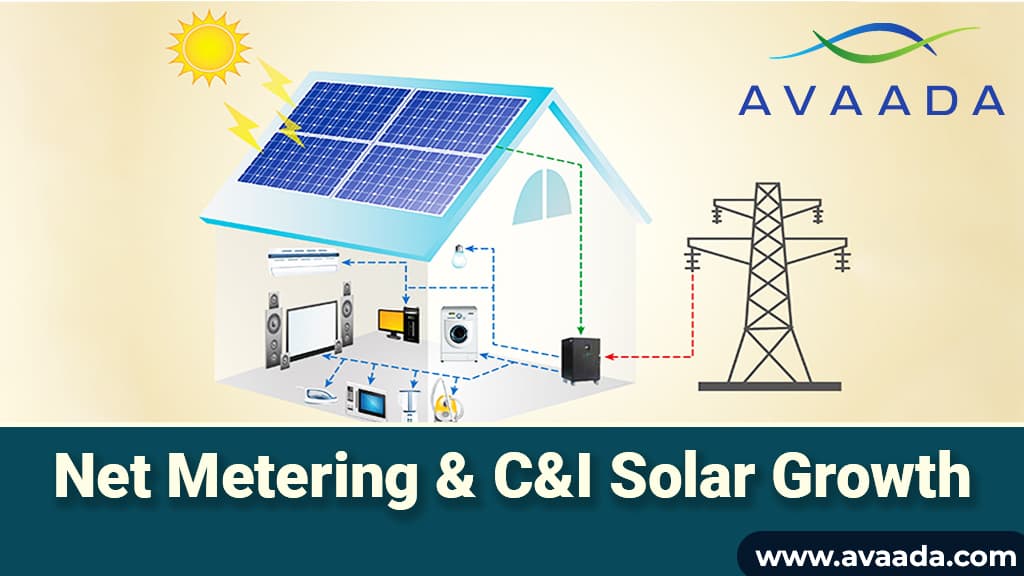India’s push towards renewable energy, particularly solar power, is supported by a clear taxation structure under the Goods and Services Tax (GST). This structure helps streamline the financial aspects of adopting solar technology, making it more accessible to both consumers and businesses.
Here, we delve into the specific GST rates applied to various solar energy devices and systems, their classification, and the implications for the solar sector.
Classification and GST Rates
- Solar Controller
A solar controller is responsible for assessing the efficiency of the entire solar power system and plays a crucial role in monitoring the operational lifespan of batteries. It is important to note that this device does not rely solely on solar energy. Consequently, it falls under HSN 8504, which encompasses “Electrical transformers, static converters, and inductors,” and is subject to an 18% tax rate.
- Solar Structure
Solar structures, whether or not they are directly related to solar power generation, are categorized similarly. As such, they are also taxed at an 18% GST.
- Solar Panels and Modules:
Solar panels, which convert sunlight into electricity, are a cornerstone of solar power systems. These are classified under the Harmonized System of Nomenclature (HSN) code 85414011. The GST rate applicable to solar panels is 12%. This rate was established to encourage the adoption of solar technology while maintaining a reasonable tax revenue stream for the government.
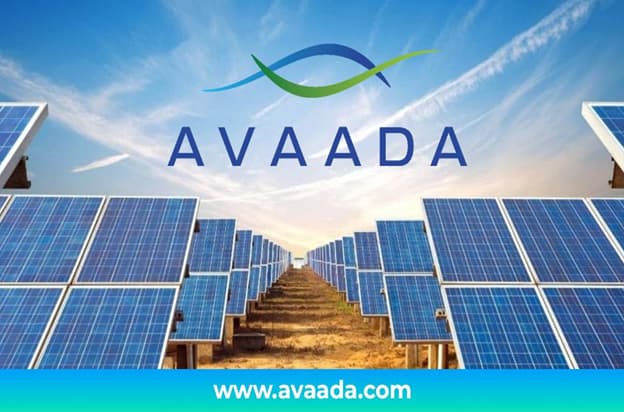
Avaada: World’s largest solar power plant with a capacity of 1.25 GW at a single site in Bikaner, Rajasthan.1.25 GW at a single site in Bikaner, Rajasthan.
- Solar Power Generating Systems:
A complete solar power generating system includes various components like inverters, batteries, and other essential equipment. These systems are generally taxed at 12% under the GST regime. This rate applies to all equipment and components used in generating solar power, ensuring consistency in taxation across the sector.
- Solar Inverters and Lanterns:
Solar inverters, which convert the DC electricity generated by solar panels into AC electricity used by most appliances, are taxed at a GST rate of 12%. Similarly, solar lanterns, which are portable and often used in off-grid areas, also fall under the 12% GST bracket.
- Solar Cookers:
Solar cookers, which use solar energy to cook food, are an eco-friendly alternative to traditional cooking methods. These devices are taxed at 12% GST, making them a cost-effective option for those looking to reduce their carbon footprint.
- Solar Pumps, Chargers, Dryers, and Heaters:
Various other solar-powered devices, such as solar pumps, chargers, dryers, and heaters, are taxed at 12%. These devices help in various agricultural and household applications, promoting sustainable energy use.
Composite Supply and Works Contract Services
In the solar sector, projects often involve the installation of solar power systems, which include both goods (hardware) and services (installation). These are treated as composite supplies under GST law. The taxation for such composite supplies is split:
– 70% of the total contract value is considered as the supply of goods and is taxed at 12% GST.
– 30% of the total contract value is considered as the supply of services and is taxed at the standard rate of 18%.
This distinction helps in accurately reflecting the different components involved in setting up a solar power system.
Impact on the Solar Industry
The GST rates on solar energy devices and systems are a part of India’s broader strategy to promote renewable energy. By setting a relatively moderate tax rate, the government aims to reduce the initial financial burden on consumers and businesses, thereby encouraging wider adoption of solar technologies. This approach aligns with India’s goals of increasing its renewable energy capacity and reducing its carbon footprint.
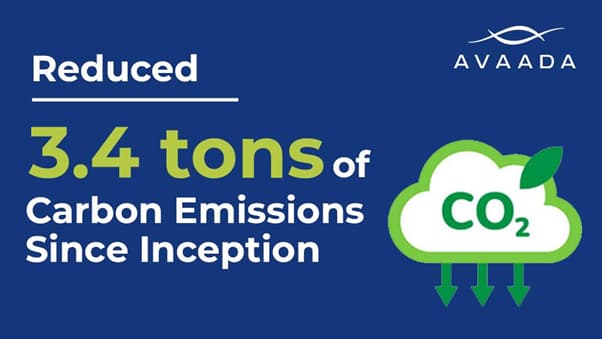
Sitharaman also proposed to expand list of exempted capital goods used in the manufacturing of solar cells and panels.
“Solar energy and energy transition are critical in the fight against climate change. To support the energy transition, I propose to expand the list of exempted capital goods for use in the manufacture of solar cells and panels in the country. However, in view of the sufficient domestic manufacturing capacities for solar glass, glass, and thinned copper interconnect, I propose not to extend the exemption of customs duties provided to them,” said Union Finance Minister Nirmala Sitharaman.
In the latest Union Budget 2024, Finance Minister Nirmala Sitharaman announced several measures to support the solar energy sector:
- Exempted Capital Goods: The list of exempted capital goods used in the manufacturing of solar cells and panels has been expanded. However, exemptions for solar glass, glass, and thinned copper interconnect have been removed due to sufficient domestic manufacturing capacities.
- Pumped Hydro Storage: A policy to support pump storage projects will be introduced to provide round-the-clock energy, enhancing the stability of renewable energy supply.
- Rooftop Solar Programme: Financial assistance under the rooftop solar programme has been increased. For up to 3 kW capacity, the support has been raised to INR 18,000 per kW for general states, and for over 3kW and up to 10 kW capacity, the assistance has been increased to INR 9,000 per kW.
These measures reflect the government’s commitment to boosting renewable energy adoption and making solar technology more accessible to all.

